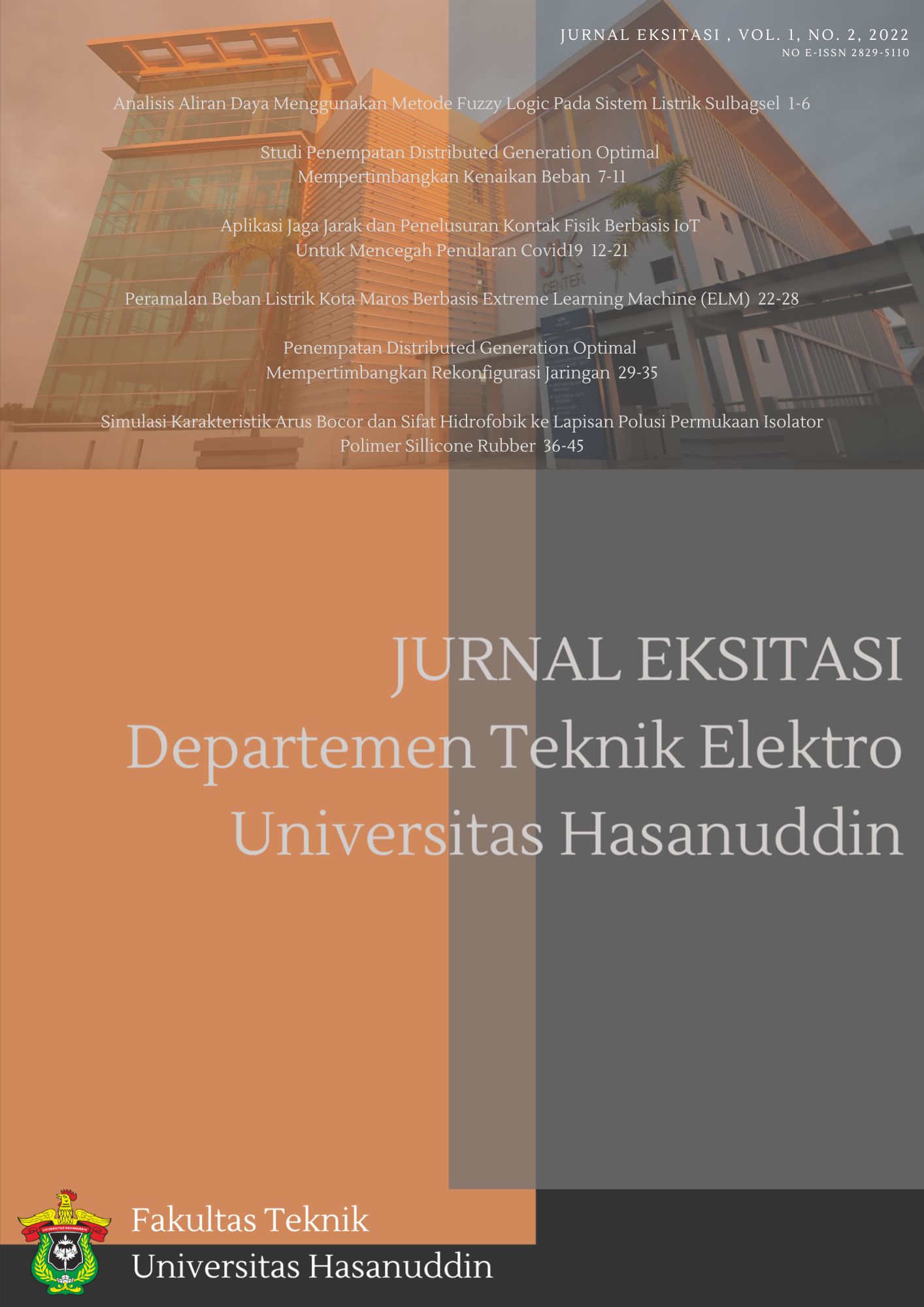Simulation of Leakage Current Characteristics And Hydrophobic Properties To The Surface Pollution Layer Of Silicone Rubber Polymer Insulator
Keywords:
Python application, Leakage Current, Pollutant, Silicone Rubber, Surface ResistanceAbstract
Silicone rubber polymer insulators have advantages such as lighter load, lower dielectric loss, and higher volume resistivity. Another advantage is the relatively faster production process and lower production costs. In addition to these advantages, silicone rubber polymer insulators also have disadvantages, namely the decreased performance of the insulator when used in high polluted areas. This thesis is an experiment on silicone rubber polymer insulator by providing artificial pollutants. Insulator in contaminated high-voltage transmission will have different conductances, the greater the conductance of the impurity layer, the greater the leakage current. This study was conducted to determine the extent to which silicone rubber polymer insulators are affected by existing pollutants. Tests were carried out on materials such as salts (NaCl), dust (CaCO3), and Carbon as motor vehicle smoke pollutants. On the other hand, the reduced resistance on the surface of the conductor is not only influenced by the concentration of salt deposits but also influenced by the hygroscopic power and adhesion of pollutants on the surface of the insulator, the farther the distance between the electrodes is. taken to measure the surface resistance, the resistance will increase, at levels of 100 grams and 300 grams, CaCO3 has the lowest surface resistance, while at levels of 500 grams, Carbon is a pollutant that causes the lowest surface levels. And this research contains a simulation using a Python application for the calculation of leakage current, with KEG (Salt Precipitation Concentration) parameters, and surface resistance to make it easier to process data from research data measurements.Downloads
Download data is not yet available.
Downloads
Published
2022-11-14







